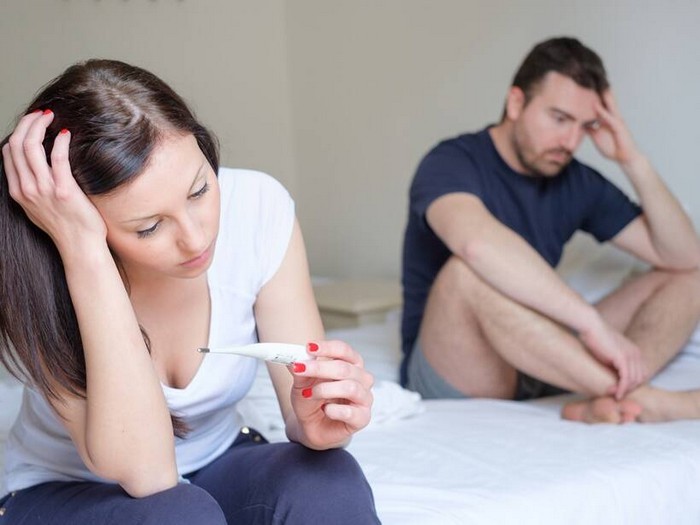As a woman treads the journey of reproductive health, understanding ovulation holds a key significance. This article will navigate the multi-dimensional facets of ovulation, helping you decrypt the signals your body sends when it’s at the pinnacle of fertility.
Understanding Ovulation: Nature’s Grand Design
Understanding the concept of ovulation, a miraculous biological process where a mature egg is released from an ovary, forms the bedrock of this exploration. It marks the onset of fertility and its comprehension provides a standpoint to identify its signs, a process that’s next in line.
In this section, the process of ovulation is explained in great detail. Ovulation is a crucial event in the menstrual cycle where a mature egg is released from the ovary, ready for fertilization. Recognizing the significance of ovulation is the key to unlocking an in-depth understanding of fertility and will form the foundation for the upcoming discussions.
A Body in Sync: Physical Signs of Ovulation
Your body is an incredible communicator, especially when it comes to fertility. From changes in cervical mucus, slight pelvic pain, to increase in basal body temperature or even light spotting, the body sends out tangible signals, announcing the ovulatory phase. These cues would be discussed in detail in this section.
Sexual Signals: The Libido Link to Ovulation
In an intriguing physiological twist, several women report an increase in libido during ovulation, nature’s way of increasing the chances of conception. This section navigates the interplay between ovulation and sex drive, providing a distinct perspective on identifying ovulation signs.
Interestingly, many women notice an increase in their libido during ovulation. This section explores studies that correlate sexual desires to the woman’s ovulation phase, shedding light on how your sex drive may interact with and indicate your ovulation phase.
On Contraception and its Aftermath: Ovulation After Birth Control
Birth control can significantly alter the ovulation pattern. Whether you have been on the pill, used an intrauterine device (IUD), or relied on hormonal injections, ovulation post-birth control comes with its set of changes. Understanding these can make the journey of going off contraceptives smoother.
The Body Reset: Menstrual Cycle and Ovulation
The menstrual cycle and ovulation are two wheels driving female reproductive health. Understanding this complex interplay offers a deeper perspective on the signs of ovulation, as the cyclical changes in the body tell a tale of fertility, the decoding of which forms the core of this section.
Scientific Signposts: Ovulation Predictor Kits and Fertility Monitors
To aid the detection of ovulation, science offers tools like Ovulation Predictor Kits (OPKs) and fertility monitors. Using these can take the guesswork out of ovulation, providing clarity and confidence. This part would navigate the functioning, usage, and reliability of these tools.
The Virtues of a Balanced Diet on Ovulation
What we consume plays a significant role in our bodies’ functioning, more so, our fertility. This section focuses on how dietary changes and maintaining a balanced diet can promote regular, healthy ovulation, making the process easier to track and understand.
The Teleconnect: Ovulation and Hormonal Changes
The hormonal orchestra that the female body conducts plays a significant role in the ovulation process. Tracking hormonal changes like the peak in luteinizing hormone (LH) levels can serve as a useful marker to anticipate ovulation, a process that would be discussed in this segment.
Mature Talks: Age and Ovulation
Age undoubtedly impacts fertility and manifests in the form of changes in your ovulation. Exploring how ovulation patterns alter with age, especially as one approaches the threshold of menopause, forms the highlight of this segment.
Conclusion:
Understanding your ovulation is akin to learning a new dance. It takes time, practice, but once mastered, you move effortlessly, intuitively with the rhythm. And as we conclude this exploration, remember, whether it’s decoding physical signs or using scientific tools, the narrative of your reproductive health story is in your hands.























